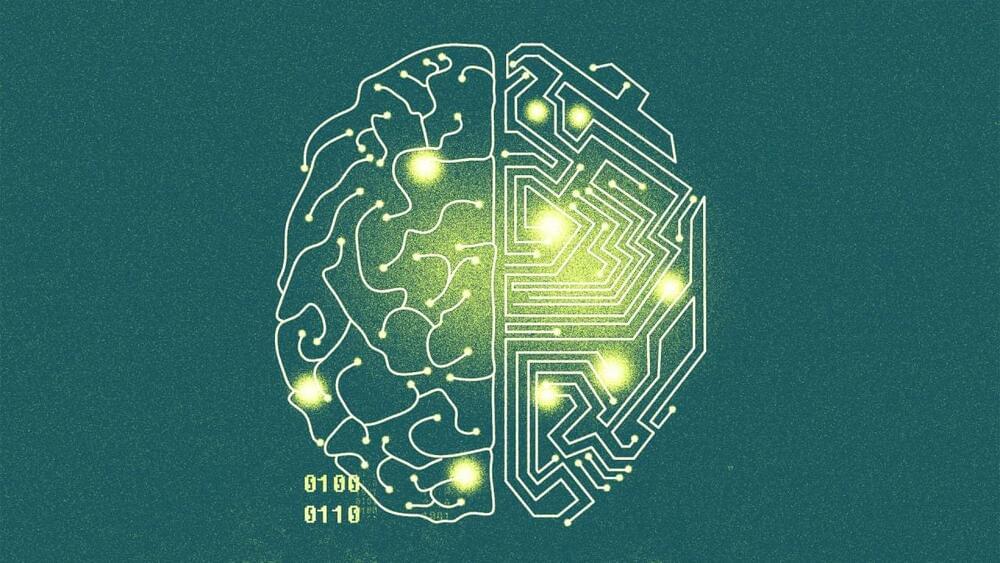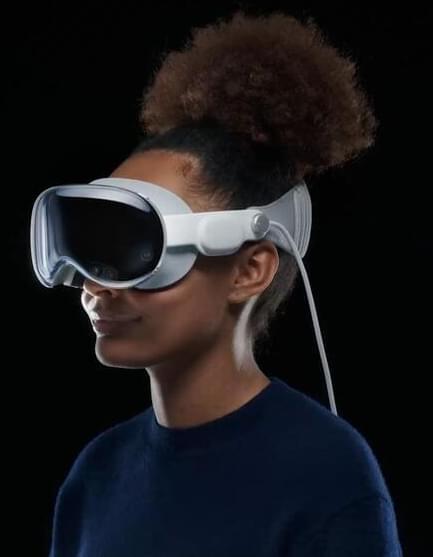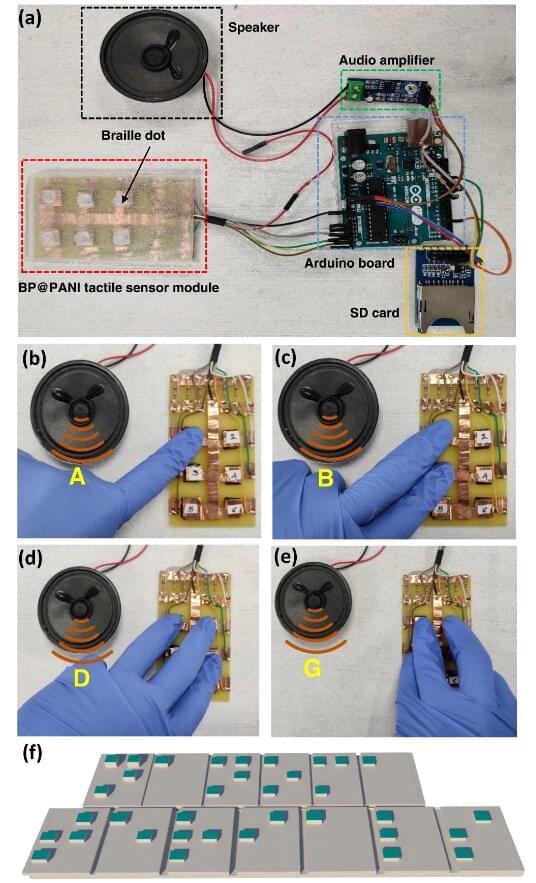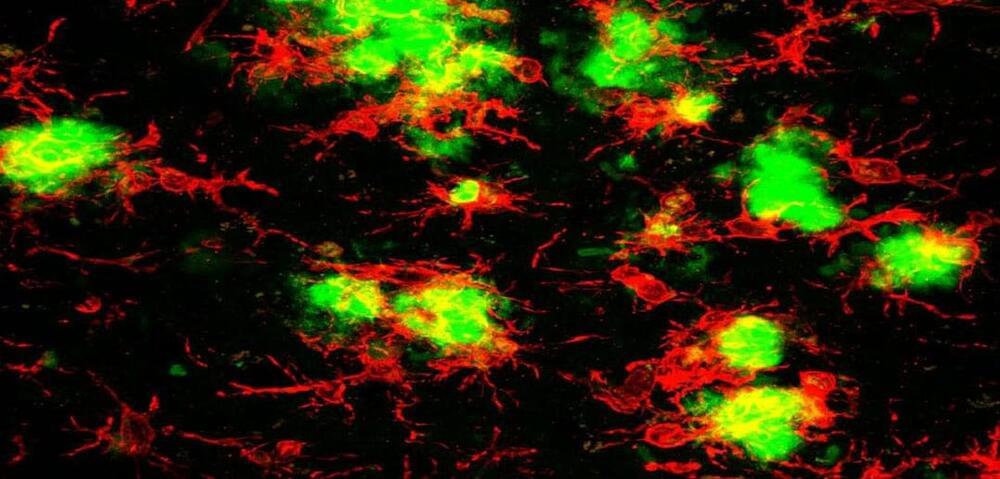Jun 13, 2023
How often should I get a colonoscopy?
Posted by Shubham Ghosh Roy in category: biotech/medical
Getting a colonoscopy is important to screen for colorectal cancer. But how often you should get a colonoscopy depends on several different factors.
Current guidelines suggest that you get your first colonoscopy at age 45 if you are at average risk for colorectal cancer. If no polyps are found, you won’t need another colonoscopy for another 10 years. But in certain situations, you may need a colonoscopy more often.
We spoke with gastroenterologist Mazen Alasadi, M.D., to learn more.


















